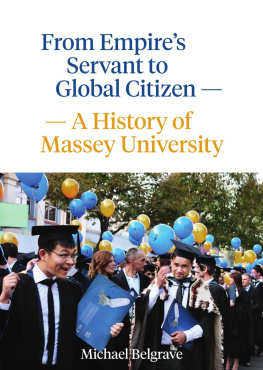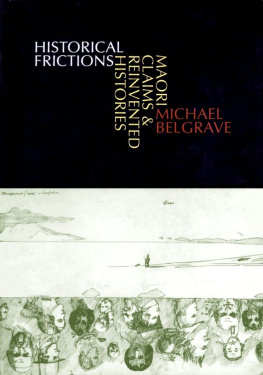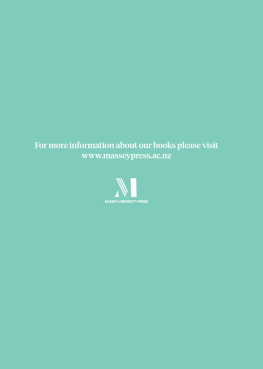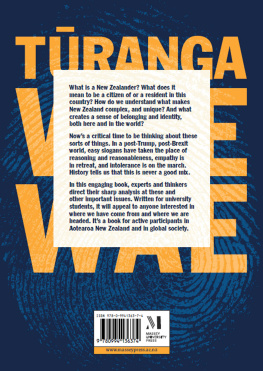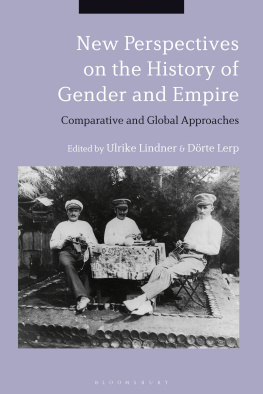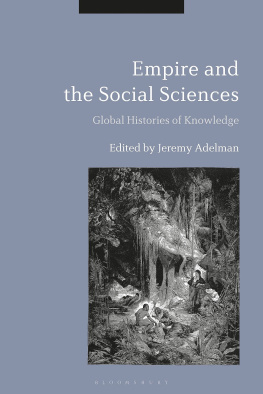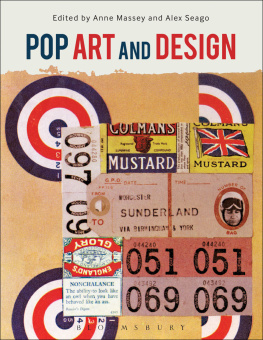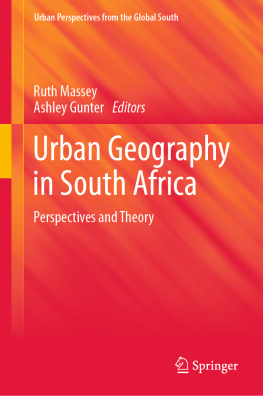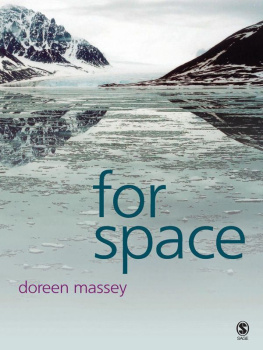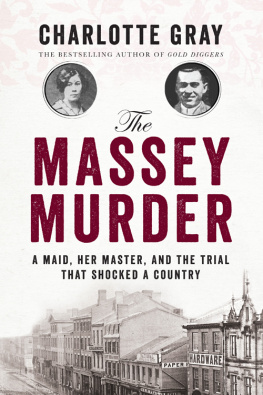The vision of two young scientists, Massey was established in 1928 to bring science to New Zealands role as Britains farm. Massey has since become New Zealands national and a global university, with almost 140,000 alumni spread across 140 different nations.
This candid history looks at the university as it weathered war, funding crises, risk-taking expansion and conflict with the governments plans for New Zealands tertiary sector. Written by distinguished historian Professor Michael Belgrave, this is a lively look at how an agricultural college grew up to become a leading intellectual centre of excellence.
Writing University Histories
Histories of universities are often partly autobiographical, written by historians whose memories are both longstanding and affectionate, as much rooted in personal experience as in the universities archives. Although they are now increasingly farmed out to professionals as exercises in public relations, they were once the preserve of historians with many decades of institutional memories. Length of service was not necessarily a mark of seniority, but it was acknowledged that young historians had things that interested them more. They had not spent long enough in academic corridors to be puzzled by their present direction and to wonder whether the university of the present was still the same place that had once inspired in them such excitement and enthusiasm.
TODAYS UNIVERSITY HISTORIES VARY in purpose and style. Some are puff pieces, designed to open the pockets of alumni. Others are sentimental journeys, reunions with dead colleagues, adversaries and allies alike, glorying in the hearsay of even earlier times. Still more are compendiums of the driest details of buildings, disciplines and departments, faculties and fundraising: litanies to bearded founders and bluestocking achievers. This history is an historians history; it tries to explain the present from the experience of the past.
Most of the histories that have been written for New Zealand universities were published at a time when the nature and value of university life were uncontested if we discount the deep-seated anti-intellectualism long rooted in New Zealands cultural landscape. None of the early histories questioned their writers faith in the value of university education and the continuing importance and increasing relevance of the universities, which many of them had entered as young students decades before.
Since the late twentieth century, however, universities have faced significant challenges from global competition and technological change. Internal revolutions have replaced academic management and governance with regimes more corporate than collegial, and with much higher levels of external and internal competition. Writing a history of a university in 2016 is to confront an uncertain future. Like every other university, Massey as we know it may be threatened by massive changes that will transform the very nature of university teaching and research. In this history the Massey of today can be clearly seen in its past, but for the writer of a later history this may be much more difficult.
Universities remain one of the triumphs of the modern era, and while their independence had been hard-fought, until the end of the 1980s their futures appeared secure. The campaign for recognition from often sceptical politicians and taxpayers seemed the battle of semesters past. Earlier histories did not deny or ignore the existence of fractious parochialism, as the provincial colleges competed for resources and status, but they were cast in an era when the University of New Zealand and then the University Grants Committee managed these disputes, often to the annoyance of university councils and their staff. Above all, competition was dampened, and limited largely to the acquisition of special schools, the specialist agricultural, veterinary, medical, forestry, engineering and even extramural schools that had a national catchment.
Universities were attached to place. Massey shared the history of Palmerston North, onto which it had been grafted, and the urban and rural lite who populated its councils. This has all changed. University education is now increasingly detached from location. Massey exists in a global marketplace, competing at all levels for undergraduate and graduate students alike, and with private and non-university providers of tertiary education.
In past decades the writing of a university history could be an intimate retrospective, as much reminiscence as history. Keith Sinclairs history of the University of Auckland was published in 1983 to mark the universitys centenary. This was the year before the dramatic state sector reforms that heralded a new period of government relationships with what became known as the post-compulsory sector. Unbeknown to Sinclair, universities were set to lose their privileged ascendancy. Their exclusive rights to grant degrees were stripped from them in a fee-for-all competitive market where, for better or worse, the universities pretensions to exclusivity and lite status were every day challenged.
The mantra was lower cost, increasing the participation rates of New Zealanders in tertiary education, and transforming universities into competitive marketing machines. These dramatic structural transformations have under-mined the value of intimacy as a tool of historical writing. Much of Keith Sinclairs history of Auckland feels like a common-room peroration at the end of a days teaching or writing or, even more likely, following a conference dinner a glass in one hand while reminiscences and anecdotes flowed freely, later to emerge polished by footnotes, good rewriting and editing. This intimacy was the historys charm and its strength.
WRITING A HISTORY of a university in 2016 means focusing on bigger and novel questions, which undermine the ability to build a university history like a Christmas stocking, stuffed with small delights and the occasional dull pair of socks. But this does not mean the history cannot be personal. This history is both individual exploration and explanation.
In 1973 I entered the University of Waikato, a parallel universe to Massey, established at the same time. I was part of the baby-boom generation flooding into New Zealands rapidly expanding universities. The Gothic imitations of nineteenth-century New Zealand campuses had given way to the New Brutalism of Massey and Waikato, and many of the buildings were interchangeable.
There is much that would make Massey distinct, not just from establishments founded in the nineteenth century but also from Waikato, and this book explores many of these differences. But as a history student at Waikato in 1973, what was important was not the distinctive nature of a campus or an independent university; it was the fact that it was a university, that it shared a universal heritage and gave access to international debates about the past and about the nature of society. These debates were occurring as much in the tutorial rooms of Palmerston North and Hamilton as in myriad other similar universities mushrooming worldwide.
Universities were about enquiry, they were about independent research, and in the 1970s they were about critically challenging orthodoxy. Old ideas were to be tossed out; their age and their universality alone qualified them for the scrapheap. The environment that fostered the dramatic growth of university education in the 1960s rejected reverence for the past and often even denied its relevance. I remained uneasy about such political and intellectual radicalism. Worshipping the future seemed as worthy of the critical knife as venerating the past. However, the idea of the university as a place of debate, intellectual exploration and personal transformation has remained with me.
In writing a history of Massey University, I hoped to test deeply held personal assumptions about the nature of the university itself. I wanted to consider whether the university that my generation encountered in the early 1970s was but a transitory and probably imagined community built by and for the baby-boom generation. Or was my idea of a university not too distant from that of Cardinal John Henry Newmans own ideal university, one open to pluralist and tolerant enquiry among colleagues, and one still relevant today? If we do share common values with those academics and other staff who have taught and written at Massey since the 1920s, then is longevity resilience or simply habit?

